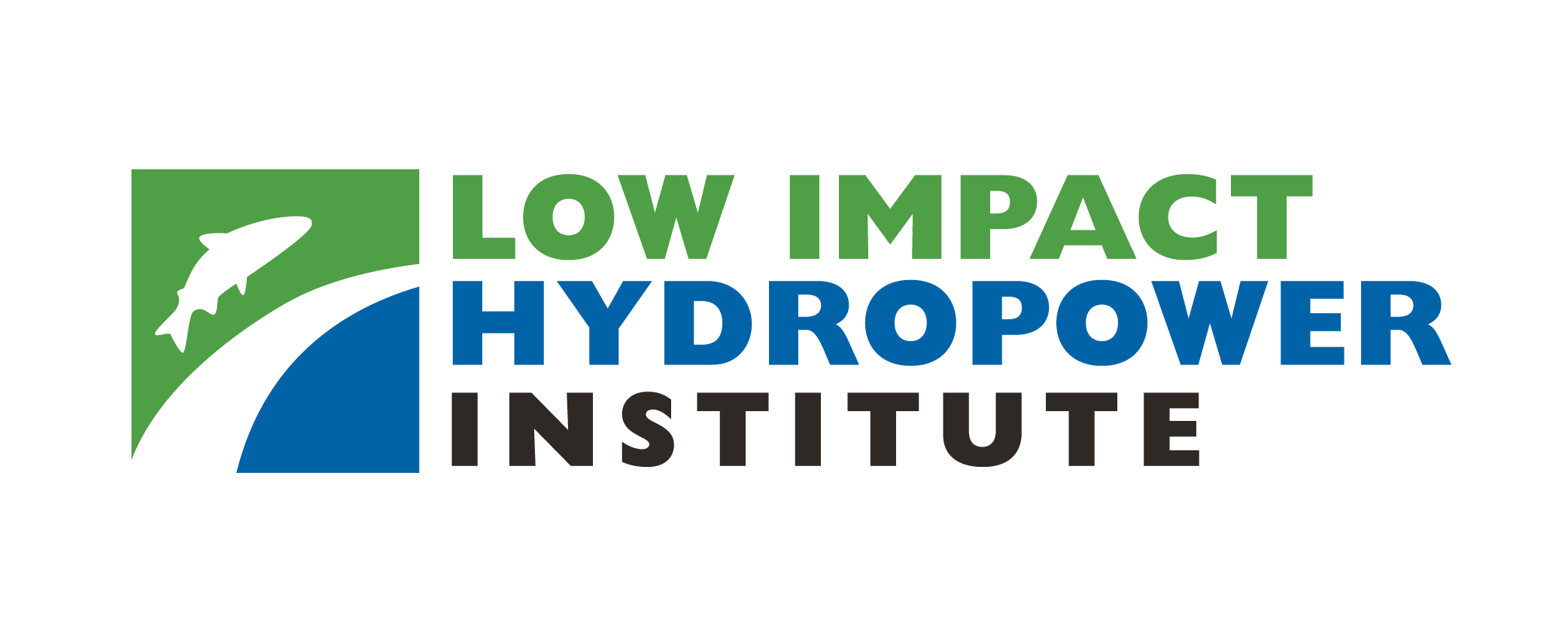低影響抽水蓄能水力發電定義草案
低影響水力發電研究所 (LIHI) 與代表水力發電界廣泛群體的外部諮詢小組合作,制定了低影響抽水蓄能水力發電 (LI-PSH) 的定義草案。此定義和支援文件有助於為開發和營運 LI-PSH 專案的最佳實踐提供概要。一旦收到公眾意見並最終確定定義,LIHI 管理委員會 可能會考慮 為 LI-PSH 專案建立低影響認證計畫。 LIHI 希望聽取有關各方對該定義草案的意見。
請點選下圖查看低影響抽水蓄能水力發電草案定義。
背景和定義
LIHI 的認證計畫明確排除了 PSH,主要因為區域電網供應的化石燃料是(現在仍然是)PSH 泵送循環最常見的電力來源。然而,自 1999 年 LIHI 成立以來,人們認識到風能和太陽能的普及率不斷提高,將認證計畫擴大到包括 PSH 計畫的想法已經醞釀了好幾年。去年,一個跨學科的諮詢小組根據以下目標制定了定義草案:
- 確定美國新建和現有抽水蓄能項目的建設和運營可能對自然、社會和文化資源的哪些方面產生影響。
- 明確闡述嚴格但可實現的目標,以獲得最佳結果,從而最大限度地減少對每種資源類型的影響。
- 定義基於科學和知識的標準來證明目標已經實現。
- 發布足夠詳細的結果,以便 PSH 專案可以評估其影響並為未來專案的設計提供資訊。
最終的定義草案涵蓋了 11 個影響領域,以及每個影響領域的目標和替代標準,這些目標和標準可以將 PSH 項目描述為低影響。
有關定義草案的更多背景信息,請點擊 這裡。

